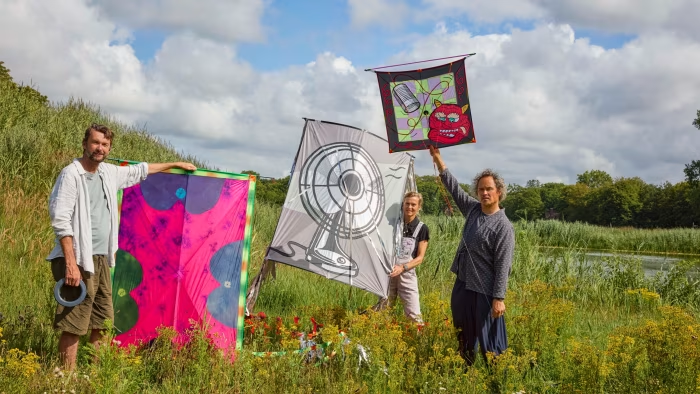Since Go-karting, 19-year-old Alex Dunne has finished every racing season he’s contested with no certainty there would ever be another.
It’s a pressure felt by many in motorsport at this time of year, when the remaining races dwindle and…

Since Go-karting, 19-year-old Alex Dunne has finished every racing season he’s contested with no certainty there would ever be another.
It’s a pressure felt by many in motorsport at this time of year, when the remaining races dwindle and…

Harry Styles is known for his high-energy performances, from his early days with One Direction to his most recent nearly two-year-long Love On tour.
But recently, the 31-year-old singer made headlines for another reason: He finished the…

The two books of Okwui Enwezor’s selected writings, published by Duke University Press, evidence a curator and critic living and travelling restlessly across the globe. Terry Smith has edited a volume of essays which can be understood as a…

 ITV/Shutterstock
ITV/ShutterstockA parish council is considering misconduct action against one of its members who appeared on Big Brother.
George Gilbert was kicked off the reality series on Wednesday for…

The little-known Delta Aurigid meteor shower peaks tonight, but you’ll need luck on your side if you’re to catch one of these swift shooting stars in mid-October’s moon-drenched skies!
Delta Aurigid meteors appear each year as Earth careens…

Unlock the Editor’s Digest for free
Roula Khalaf, Editor of the FT, selects her favourite stories in this weekly newsletter.
Bertjan Pot, Liesbeth Abbenes and Maurice Scheltens are gathered in The Hague’s Museum Voorlinden after hours. How are…

“You discover the real prison is outside,” a woman’s voice says in the latest poetic installation by the artists Basel Abbas and Ruanne Abou-Rahme, Prisoners of Love: Until the Sun of Freedom. Playing across fragmented screens on three…

Traditional transscleral diode cyclophotocoagulation (TSCPC), or continuous wave transscleral diode cyclophotocoagulation (CW-TSCPC), has been widely utilized since its production during the end of the past century. In this…

Battlefield 6 launched mere hours ago, and someone has already managed to recreate the iconic Call of Duty 4: Modern Warfare map, Shipment, in its Portal mode.
After years of waiting, leaks, and hype, EA and Battlefield Studios launched…